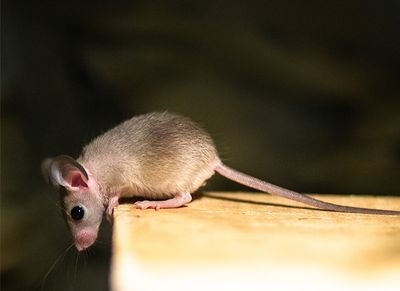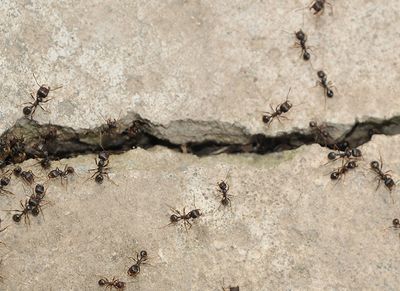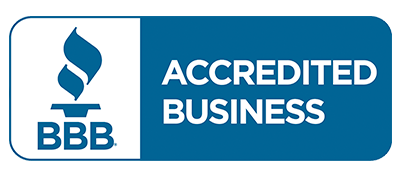What do Oriental cockroaches look like?
Black beetles (not to be mistaken with ground beetles) and waterbugs are both names for the same pest - the Oriental cockroach. These shiny black roaches have six legs, oval-shaped bodies, and two long antennae. They are approximately one inch long.
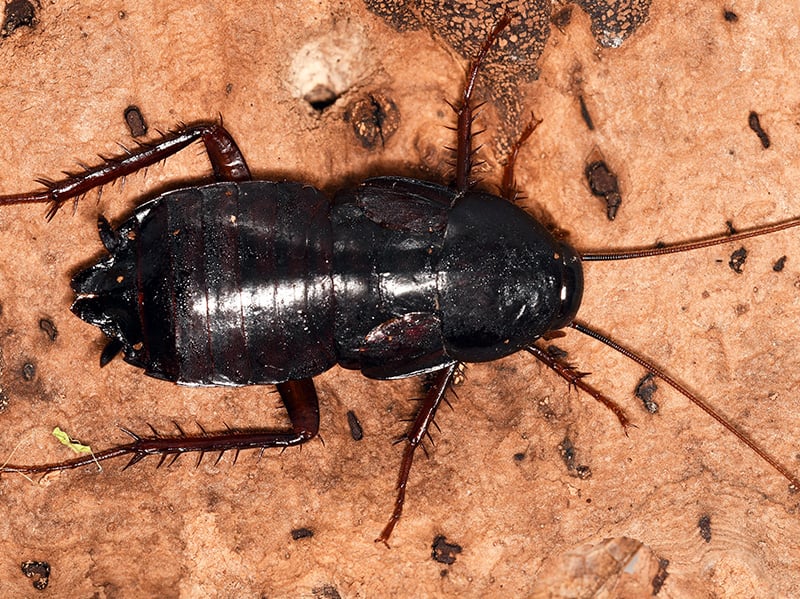
When are Oriental cockroaches most active?
What do Oriental cockroaches eat?
Oriental cockroaches have a varied diet, consuming items that humans eat, such as bread, meat, vegetables, and grains, as well as non-food items like rotting meat, fecal matter, decaying vegetables and fruits, dead skin, hair, glue, and fabrics. In short, Oriental cockroaches are not picky eaters.
Are Oriental cockroaches harmful?
As is the case with other types of cockroaches, Oriental cockroaches are not the cleanest insects. In fact, these pests often carry and transmit harmful disease-causing organisms that lead to medical issues, such as salmonella, food poisoning, and dysentery. They pick up bacteria, pathogens, and parasitic worms from dirty items like rotting meat and fecal droppings. Oriental cockroaches spread sickness by crawling over surfaces throughout homes and nibbling on left-out food.
Asthma is also a big concern with these pests as their skin, feces, and shedding body parts can trigger breathing problems, and lead to hospitalization.
What are Oriental cockroaches attracted to?
Oriental cockroaches love moisture and food. They are drawn to wet areas around basements, kitchens, and bathrooms, which is why some people call them waterbugs. If the exterior of your home is shaded and wet, these roaches will be encouraged to come close. This increases the likelihood that they will find a way indoors through a crack, gap, or other opening.
What are the signs of an Oriental cockroach infestation?
Oriental cockroaches are typically nocturnal and remain hidden during the day. If they're active during the day it could be because of overcrowding, food scarcity, or their hiding place has been disrupted. Regardless seeing a live roach is the most obvious sign of a problem.
Other signs of Oriental cockroaches include:
- Shed skin
- Fecal droppings
- Egg casings
- Grease marks
Check for these signs around your pantries, cupboards, washing machines, and kitchen appliances first. If you are having trouble identifying these pests, get a professional involved. Contact your Anti-Pest service team and schedule a pest control inspection. We can help you figure out what you're up against.
Do Oriental cockroaches come up drains?
It's possible. Sewers are a common hiding place for Oriental cockroaches, and it's not unusual for these pests to travel through pipes and emerge from drains to infest homes.
Where do Oriental cockroaches hide inside homes?
Cockroaches are attracted to cracks and crevices where their bellies and backs can touch a surface simultaneously. They also thrive in moist environments. You may find these insects behind or under kitchen appliances, around service ducts, under bathtubs and sinks, and squeezed around radiators and leaky pipes.
How do I get rid of Oriental cockroaches?
For help eliminating Oriental cockroaches and other pests that have infested your home or business, contact Anti-Pest. Our locally owned and family-operated pest control company has been helping property owners in Shreveport, Bossier City, and nearby areas exterminate cockroaches since 1950. We offer home pest control services and commercial pest solutions that ensure cockroaches don't stand a chance!
What keeps Oriental cockroaches away?
There are several strategies that you might use to keep oriental cockroaches out of your home. Let’s start with proper exclusion. Go around your home’s exterior and look for gaps and cracks these pests might use to get indoors. Seal smaller openings using a caulking gun and some silicone caulk. Address space around windows and doors using weatherstripping and door sweeps. Next, go indoors and seal gaps around drains using plaster, cement, or silicone caulk. Other great prevention strategies involve addressing moisture problems and eliminating food sources.

Testimonials


Our Services


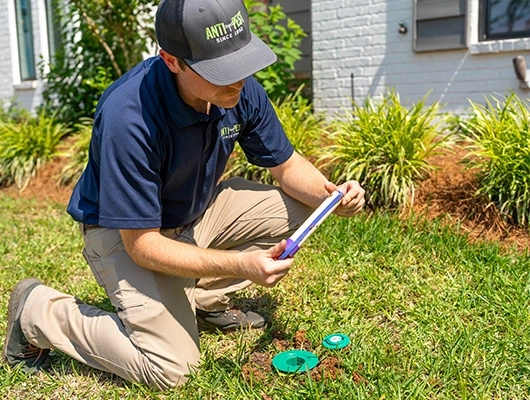

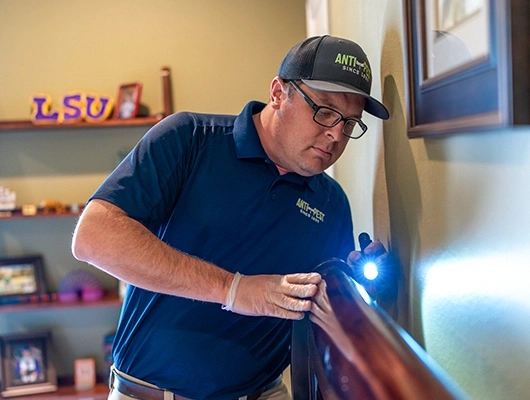
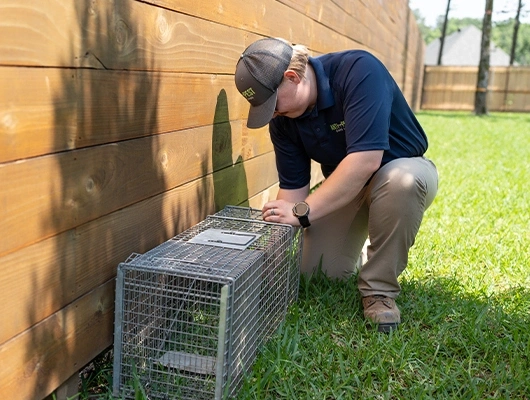
News, Blogs, & Articles
Anti-Pest Blog

